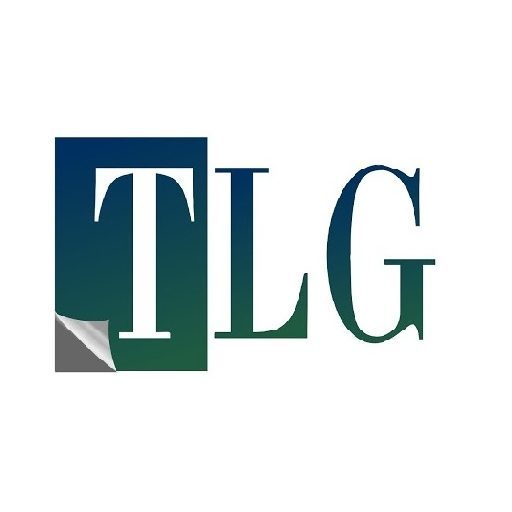The corporate world has seen some major shifts in recent years, and the single CEO leadership model is facing new challenges in a business environment that’s more complex and fast-paced than ever. With the rise of globalization, rapid technological advancements, and increased competition, many are questioning if having just one person at the helm is still the best way to steer a company. As organizations grapple with these changes, it’s worth exploring whether sticking to the traditional single CEO model is the right move or if it’s time for a new approach.
The Evolution of Leadership Models
Traditionally, the single CEO model epitomized a streamlined decision-making process, where one individual held the reins of both strategic vision and operational execution. This approach worked well in a more predictable and less dynamic business environment. However, the 21st century has introduced new variables that challenge this model.
Globalization has expanded business operations across diverse markets, requiring leaders to navigate varied regulatory landscapes and cultural nuances. Digital transformation has further complicated the scenario, demanding technological expertise and the ability to adapt swiftly to technological advances. As organizations grow in complexity, the single CEO model’s limitations become more apparent.
“The speed at which business changes today requires a new breed of leadership,” emphasizes Amy Edmondson, a professor of leadership and management at Harvard Business School.
The Case for Shared Leadership
One prominent critique of the single CEO model is the concentration of power and responsibility in one individual. This can lead to decision-making bottlenecks and a lack of diverse perspectives. Shared leadership, where responsibilities are distributed among multiple leaders, offers several advantages:
- Enhanced Collaboration: Multiple leaders can bring different viewpoints and expertise.
- Diverse Skill Sets: A team of leaders can address a wider range of business challenges.
- Reduced Bottlenecks: Decision-making can be more agile and responsive.
In recent years, many organizations have embraced co-CEO arrangements. These setups demonstrate how distributing leadership can drive growth and innovation by harnessing a broader range of skills and perspectives.
The Role of Diversity and Inclusion
The emphasis on diversity and inclusion in modern organizations highlights the limitations of the single CEO model. A single leader may not fully capture the breadth of experience and viewpoints necessary for fostering innovation and addressing complex challenges. Diverse leadership teams have been shown to drive better performance and more innovative solutions.
Research indicates that companies with higher levels of gender and ethnic diversity are more likely to outperform their peers financially. This underscores the potential benefits of diverse leadership teams and suggests that a single CEO might not fully leverage these advantages.
The Agility Challenge
In today’s fast-paced business environment, agility is crucial. The centralized decision-making inherent in the single CEO model can struggle to keep up with rapid changes and evolving market conditions. A leadership structure that distributes responsibilities can enhance an organization’s responsiveness and adaptability.
A more decentralized approach allows for quicker decision-making and increased flexibility. Regional or functional leaders can address local conditions and market shifts more effectively, enabling organizations to pivot swiftly and capitalize on emerging opportunities.
The Single CEO Model: A Balanced Perspective
Despite the challenges associated with the single CEO model, it still has its merits. Centralized leadership can provide clear direction and a unified vision, which are essential for maintaining organizational coherence. For smaller companies or those operating in less volatile industries, a single CEO may still be an effective model.
James MacGregor Burns, a renowned leadership scholar, highlights an important perspective: “Leadership is not about being in charge. It is about taking care of those in your charge.” This view suggests that while a single CEO can offer focused leadership, the effectiveness of this model depends on how well it aligns with the organization’s specific needs and context.
The Future of Leadership
The future of corporate leadership may lie in a hybrid approach that combines elements of both the single CEO and shared leadership models. Organizations might benefit from having a single CEO who provides strategic vision, while also leveraging a leadership team to manage operational execution and innovation.
This hybrid model could integrate the strengths of both approaches, offering clear direction while also embracing the agility and diverse perspectives provided by a distributed leadership team.
While the single CEO leadership model has historically been a cornerstone of corporate governance, the evolving business landscape suggests that flexibility, diversity, and shared responsibility are increasingly important. As organizations navigate these changes, they must carefully balance traditional leadership structures with new approaches to effectively meet the demands of the 21st century.




